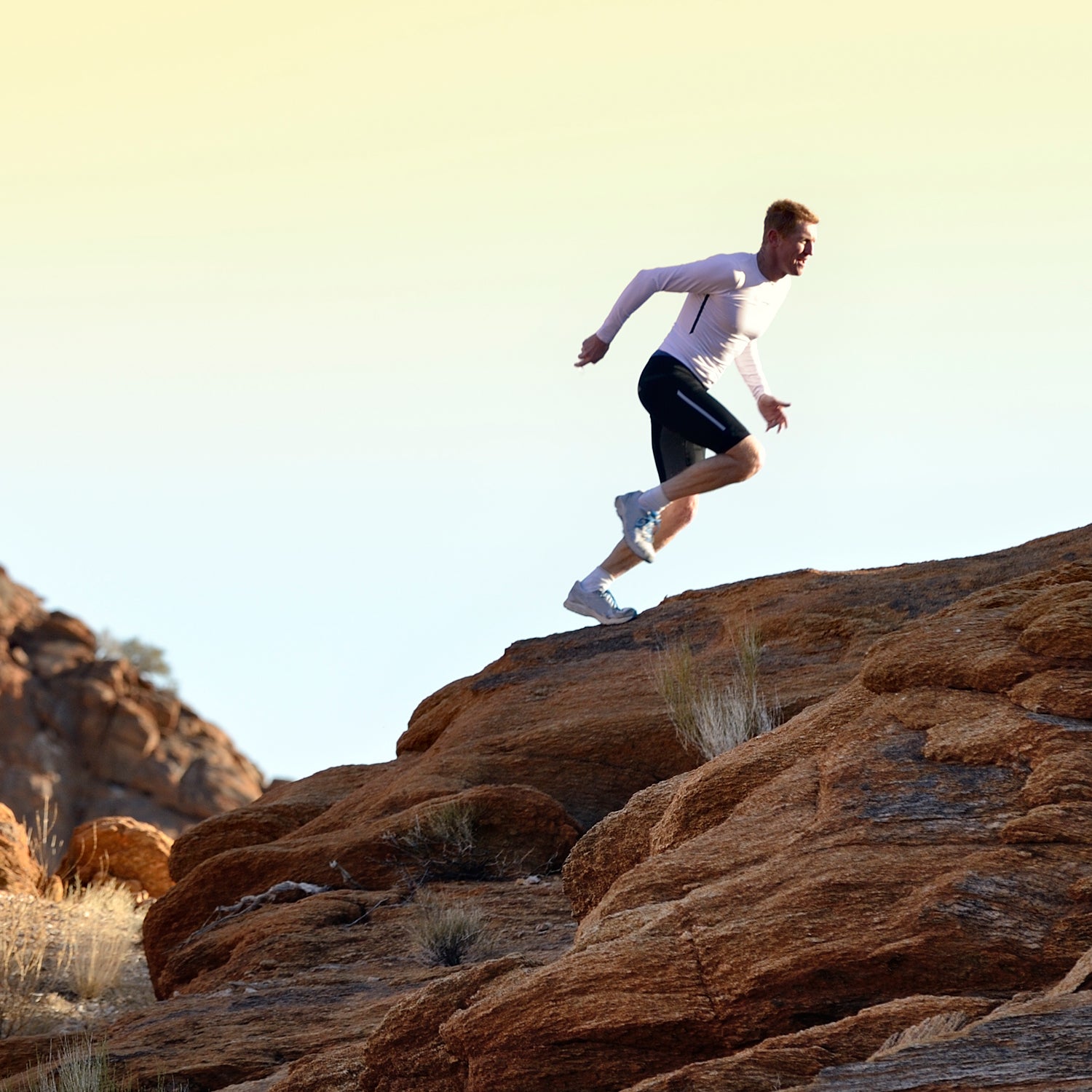Plenty of athletes swear by these workout prescriptions. But are they science or snake oil? Read on to learn why you should skip the diets, forget about altitude training, and ditch the ice baths.
14. “To Perform Well I Need to Track My Metrics.”
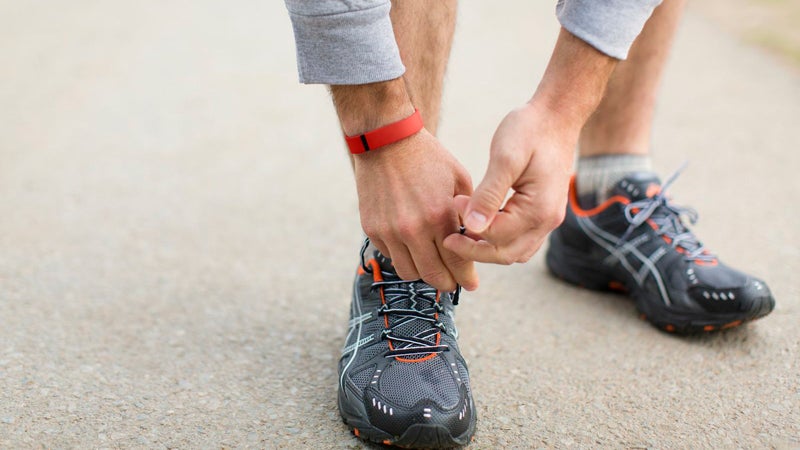
Science Says: In a forthcoming study of fitness trackers’ accuracy and reliability by Arizona State University, researchers found they’re pretty good at tracking most moderate-to-vigorous workouts like running, but not so good at lighter-intensity activities like hiking.
The Takeaway: “Is the information valuable? No question,” says Ray Browning, who directs the Physical Activity Lab at Colorado State University and has studied trackers. “But does it result in getting faster or achieving goals more successfully, we don’t have evidence for that.” But give it a few years, says Browning. Once companies start crunching these huge databases of info—Strava uploads, MapMyRuns—software will sense trends in your performance to help you dial in the best path to fitness, he predicts. “When we start doing that, then I think we’ll have built useful pieces of technology to help people achieve their goals. I don’t think we’re there yet.”
13. “Juicing Is the Best Way to Get a Shot of Nutrients in Your System.”

Science Says: “If the juice has the pulp removed, a smoothie is much better,” says Nancy Clark, a registered dietician and author of Nancy Clark’s Sports Nutrition Guidebook. When made with whole foods, smoothies “include the fiber and the peel and all the benefits that go along with that,” says Clark. “Plus, a smoothie tends to have more protein if it is made with Greek yogurt or has a scoop of added protein powder.” But there’s reason to be suspicious of smoothies too; they can be hugely caloric, says sports nutritionist Monique Ryan. “You’re having sometimes six servings of fruit at once.” And you don’t get the same sense of fullness as from real fruit. Be especially leery of smoothies at restaurants and coffee shops; you have no idea what’s in them.
The Takeaway: Smoothies and juices have their place, says Ryan, but whole foods should always be your first choice.
12. “Massage Boosts Recovery After a Tough Workout.”

Science Says: It’s long been thought that massage improves blood flow in muscles. But, in a 2010 study, Canadian researchers had 12 men squeeze a handgrip until their forearm muscles were exhausted. Immediately afterward some received a professional massage. “Rather than increasing circulation, massage actually reduced it compared with doing nothing,” because the massage stroke compressed the arm’s tiny blood vessels, says Michael Tschakovsky, a study author and associate professor in the School of Kinesiology and Health Studies at Ontario’s Queen’s University. But don’t count massage out; it simply seems to work via a different mechanism. In a 2013 study researchers exercised rabbits to the point of muscle damage, then massaged them using a mechanical device that delivered uniform force. Thomas Best, a study author, and sports-medicine physician at Ohio State University, says the experiment showed that massages do indeed help.
The Takeaway: An immediate rub down works best. Studies have shown less inflammation and muscle damage when a massage is received 15 minutes after exercise compared with two days later, though researchers still aren’t exactly sure why.
11. “Fats Make You Fat.”

Science Says: During the past three decades the average American has gotten 20 pounds heavier. But that works out to just 10 additional calories per day—so it’s tricky to know precisely what’s going on, says Glenn Gaesser, a professor of exercise physiology at Arizona State University. For a long time fats were demonized. Then carbs were blamed. The truth is that neither is the problem per se; the two have a relationship in your body. “Carbohydrates do stimulate their own oxidation and they suppress fat oxidation,” Gaesser explains. Which means that when “you eat a chunk of bread and a lump of cheese with it, you burn the bread and the cheese goes into your fat cells,” he says. As we’ve added bigger, carb-heavy meals into our diets, we haven’t compensated by reducing our intake of fats, these fats have been absorbed as, well, fat, says Gaesser. But if you exercise regularly there’s no need to cut out one or the other entirely.
The Takeaway: Gaesser’s advice: Eat lots of vegetables, fruits, and fiber-rich grains. If you’re training for a long endurance event or century ride, eat a lot of carbs, “probably at least 50 percent of your diet.” Fill the rest of the tank with heart-healthy fats from nuts and olive oil, and lean protein sources, such as white meats. And yes, some cheese.
10. “Fluid and Electrolyte Imbalances Cause Muscle Cramps.”

Science Says: If electrolyte loss causes cramps, why do they all seem to happen in muscles under stress—say, your calf or hamstring—and not in your neck? Further, there’s a lower concentration of salt in sweat than in blood, so sweating actually increases the body’s electrolyte concentration, which means a salty Gatorade won’t save you. “Muscle cramping is related to fatigue, not an electrolyte imbalance,” says Dr. Marty Hoffman, professor of physical medicine and rehabilitation at the University of California at Davis, who oversees the Ultrarunners Longitudinal Tracking Study.
So what’s really happening? Martin Schwellnus, the leading researcher on the topic, has a theory: your nervous system controls the contraction of muscles and is responsible for protecting them against too much load or stretching. During fatigue, some of the neurons fire too much, others not enough. The result is a cramp.
Hot weather might add to the problem. Once an athlete’s internal temperature hits about 105 degrees, the brain starts to shut things down to prevent heatstroke, which can lead to cramping. Bigger athletes are more susceptible to heat because they have less surface area relative to their volume. That’s why marathoners are tiny—and why LeBron James famously cramped when the AC went out during the 2014 NBA Finals.
The Takeaway: Let thirst be your hydration guide; overworked muscles are what lead to cramps, not electrolyte imbalance. And be aware of your fitness to avoid pushing too hard. If you trained to run a 1:30 half marathon, don’t go out at a 1:15 pace.
9. “Extended Endurance Exercise Is Bad for Your Heart.”

Science Says: “People’s health really seems to improve up to about 40 miles per week,” says Paul T. Williams, principal investigator of the National Runners’ Health Study, which has been following 110,000 runners and 40,000 walkers since 1991. Importantly, though, Williams says your health, and your heart in particular, doesn’t deteriorate above 40 miles, you just get fewer benefits from each additional mile. And runners who log more than three miles per day have a 32 percent lower risk of arrhythmias than the general population.
The Takeaway: If you’ve had a heart attack, Race Across America probably isn’t for you. Otherwise, hit the trails for cardiac health.
8. “I Need to Ingest Specially Formulated Foods After a Workout for My Muscles to Recover.”
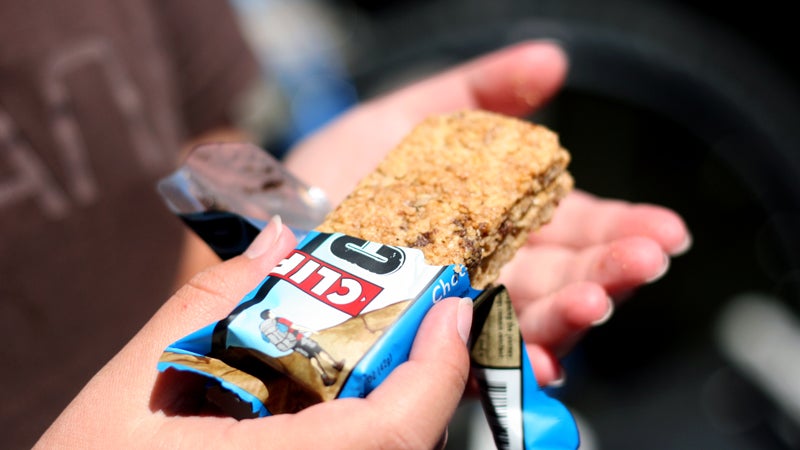
Science Says: Last year, Brent Ruby, an exercise physiologist at the University of Montana, looked at whether recovery foods help muscles refuel more quickly than junk food. A half-dozen men rode stationary bikes to exhaustion, then consumed energy chews and sports drinks. A few hours later, they performed a 20-kilometer time-trial. They repeated the routine a week later, only this time the cyclists fueled with McDonald’s. Surprisingly, no matter what they ate, the men completed the time-trial in a dead heat. Biopsies showed that their muscles used the carbs from the two meals similarly.
The Takeaway: “The point is not to validate fast food as a recovery tool,” says Ruby, but that “just about any combination of appropriate macronutrients can do the job.” In the two hours after a workout, put some carbs back in the tank—chocolate milk, yogurt, cereal, whatever—along with some protein to provide the essential amino acids that keep your muscles happy.
7. “I Should Take an Ice Bath After Long, Hard Runs.”
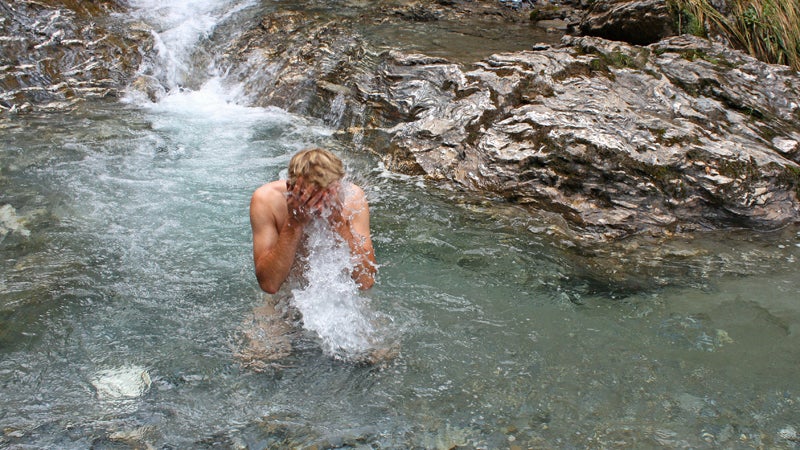
Science Says: In a 2013 study by kinesiologists at the University of New Hampshire, 20 runners ran downhill at a 10 percent grade for 40 minutes. Afterward, half stood for 20 minutes in bins filled thigh-high with 41-degree water—so cold some of the runners were near tears. The researchers then recorded perceived soreness, strength, and inflammation over the next few days. There was no difference in how sore the groups of runners said they felt or in their strength. And chemical markers of recovery in the subjects’ bodies were statistically insignificant. Plus, icing can interfere with the natural recovery process, which could delay healing by half a day. That said, if you have an injury, like an ankle sprain or a muscle pull, icing is still the way to go.
The Takeaway: “Everybody wants a quick fix,” says Naomi Crystal, the study’s chief author. “Unfortunately, this isn’t it.” Light exercise is the best way to recover from a hard workout: walk around, go for an easy bike ride, or swim a few laps.
6. “Mental Training Is Only for High-Performance Athletes.”

Science Says: In a landmark 1967 study, Australian psychologist Alan Richardson chose three random groups of students. One group practiced basketball free throws daily for 20 days. Two other groups shot only on the first and last days. But one of the nonshooting groups spent 20 minutes per day carefully visualizing foul shots. At the end, the nonpracticers hadn’t improved at all. No surprise. The hands-on practicers improved 24 percent. And the visualizers? They improved 23 percent, nearly as much as if they’d been hitting the court. Later studies on a variety of athletes reached similar conclusions.
The Takeaway: Whether you’re Lindsey Vonn or a midpack 5K runner, mental training will boost performance. Psychologist Steven Ungerleider recommends regularly sitting in a quiet, comfortable space and spending 20 minutes mentally walking through every step of your upcoming bike, run, or ski before race day.
5. “If I’m Running Long Distances, Fat Shoes Will Keep Me Injury-Free.”

Science Says: Nothing, really. There’s no data to support or refute fat shoes because they’re too new, says sports podiatrist Kevin Kirby. Recently, Kirby gave a talk at the Western States 100-Mile Endurance Race on foot-strike patterns of ultrarunners. Fat shoes, he thinks, could be helpful for ultramarathoners and runners who log an inordinate amount of downhills.
By some accounts, 30 percent of runners now swear by fat shoes. Then again, five years ago everyone thought minimalist shoes would be the injury-plagued runner’s salvation. Then the research caught up to the trend and proved that the shoes weren’t helping much. There are likely too many variables that contribute to injury to blame your shoes; form, volume, and intensity all play much larger roles than sneaker type, and no one shoe will ever be a silver bullet for injuries.
The Takeaway: Give fat shoes a try if you think they’ll help, suggests Kirby. Just keep in mind that what works for some doesn’t necessarily work for all.
4. “I Need to Follow the _________ Diet.”
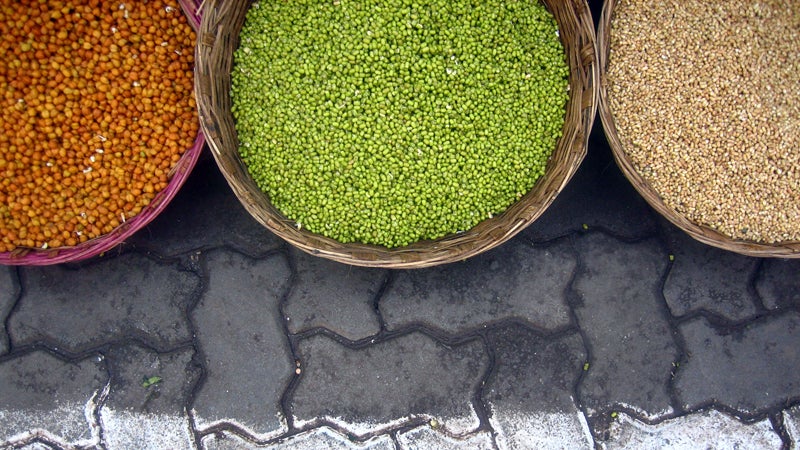
Science Says: “I don’t prescribe any one diet,” says Monique Ryan, a sports nutritionist and author of Sports Nutrition for Endurance Athletes. “I always base what I recommend on what an athlete’s training program looks like” and their goals.
The Takeaway: No preordained eating regimen is going to be a perfect fit for every athlete. Name diets like paleo can provide a community of like-minded peers, and with that comes the motivation to stick with them. Beyond that there usually isn’t much reason from a health perspective to choose one diet over another. Athletes who think they should go paleo and cut carbs need to remember how important carbs are for performance. According to Ryan: “A 160-pound runner may require only 360 grams of carbohydrate on an easy run day but up to 480 grams”—an extra pasta entrée, for instance—“for a longer or speedier run.’’ Prospective vegans need to be mindful of plant-based protein sources like beans and lentils. Going gluten-free? Whole wheat is an excellent form of fiber, so make sure you compensate with fresh veggies and grains like quinoa.
3. “All My Workouts Should Be High Intensity.”
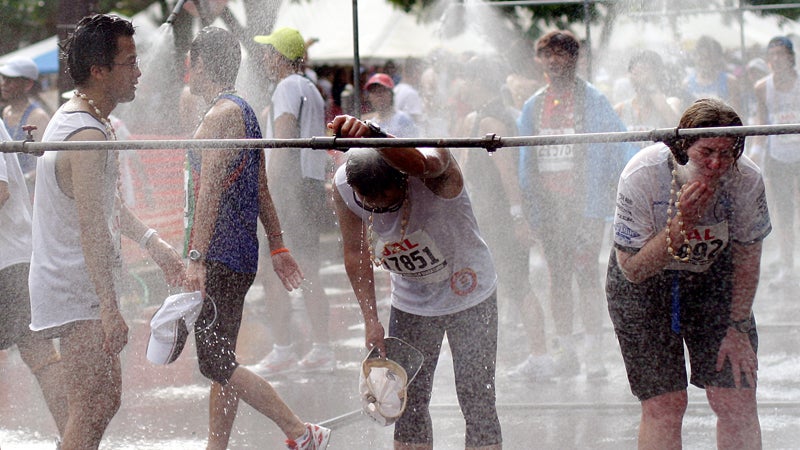
Science Says: In a 2007 comparison of training intensities, Norwegian researchers found that participants who ran repeated sprints over two months increased VO2 max significantly. But is high-intensity interval training (HIIT) an appropriate full-time training regimen? That depends on your goals. Modern training philosophy for endurance athletes embraces both variety and volume; a typical elite runner does four easy miles for every one hard mile.
The Takeaway: Bill Pierce, author of Run Less, Run Faster, recommends two higher-intensity runs per week—track intervals one day and a tempo run at about 90 percent of max heart rate on the other. The rest of your workouts should be slower. “Improvement comes during recovery,” says Pierce, who has spent the past ten years studying elite and amateur runners. “If you’re always going hard at a very high intensity, you won’t get that chance.” But athletes strapped for time, or simply trying to maintain a baseline of fitness, can get a huge benefit from HIIT.
2. “I’m an Endurance Athlete. I Don’t Need to Lift.”
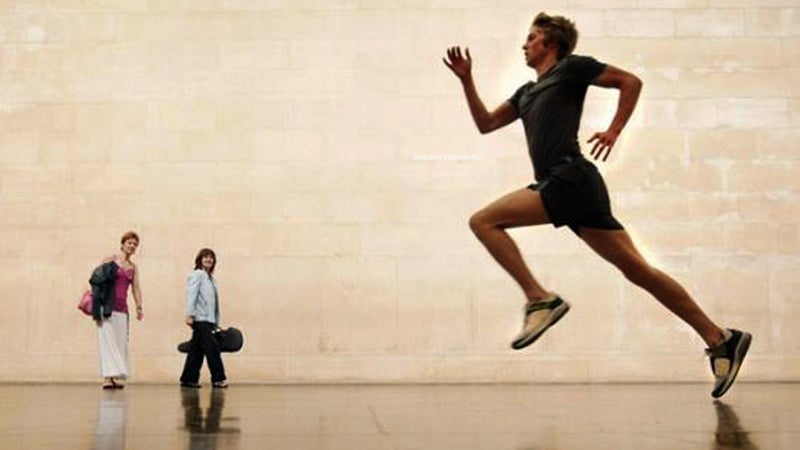
Science Says: “Most running injuries are associated with a muscular imbalance,” says Bill Pierce, chairman of the health-sciences department at Furman University and cofounder of the Furman Institute for Running and Scientific Training. Lifting will make you uniformly strong and injury-proof your body in the process. It will make you faster, too. In a 2008 study in Norway, experienced runners did four sets of four repetitions of heavy half-squats a few times a week. After two months, they were able to run at maximum aerobic speed for 72 seconds longer than before they began weight training. That’s the equivalent of a minute off your 5K PR.
For a real-world example look to professional cyclist Bradley Wiggins, who in the 2011 off-season added a strength and conditioning program to his training. Several months later, Wiggins won his first Tour de France.
The Takeaway: Strength-train twice a week with squats, presses, and rows for increased performance and a lower incidence of injury. Do a few reps of heavy weight for each exercise, resting three minutes between sets. Worried about bulking up? Don’t be, unless you ramp up your calorie intake and stop running.
1. “Altitude Training Improves Performance at Sea Level.”

Science Says: Recovery is diminished at altitude, so your workouts aren’t nearly as effective. The benefit a professional gets from a training camp at Mammoth Lakes, says Brent Ruby, is likely due to the camp itself, which provides an atmosphere of increased focus without other obligations or psychological stressors. And altitude tents? Probably ineffective, Ruby says. “They may have their place, but I’m not so sure where.”
Likewise, the benefits of living high and training low—long a staple of elite runners—are “trendy at best,” he says. “There are other aspects of training that warrant consideration long before you make the move to altitude.”
The Takeaway: “You cannot effectively train in short bursts at altitude and gain some magic physiological benefit that translates into a race advantage,” says Ruby. “Unless, of course, your race will be at altitude.”

